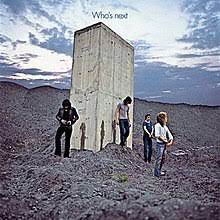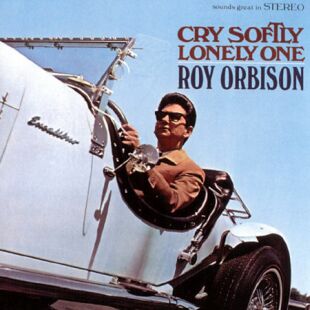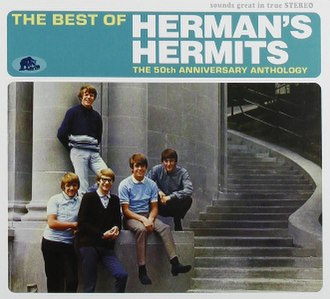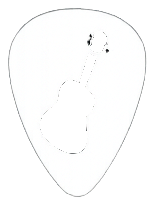Best Hollies Songs You Can Learn on Acoustic Guitar
The Hollies were one of the most enduring British Invasion bands, known for their rich harmonies, jangly guitars, and catchy pop-rock melodies.
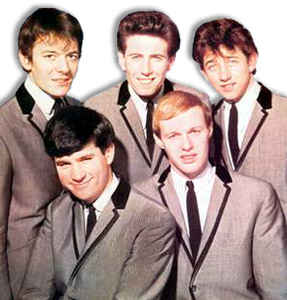
With hits spanning from the 60s into the 70s, their music offers both emotional depth and upbeat energy — a perfect match for acoustic guitar enthusiasts. On this page, you’ll find 7 of their most recognizable songs that have stood the test of time, each broken down into easy-to-follow guitar lessons.
Whether you're strumming along to the heartfelt He Ain’t Heavy, He’s My Brother or grooving with Long Cool Woman, you’ll find everything you need to start playing like a pro — including rhythm tips, chord breakdowns, video demos, and more.
🎸 Overview Video - “Watch This Preview of The Best Hollies Guitar Songs”
The Hollies Guitar List
1. Bus Stop2. Carrie Anne
3. Gasoline Alley Bred
4. He Ain't Heavy
5. Long Cool Woman
6. Look Through Any Window
7. The Air That I Breath
1. Bus Stop - Learn To Play On Guitar
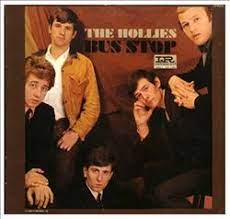
Bus Stop is from the bands album of the same name. The Hollies, a British rock and pop group, consisted of Graham Nash, Allan Clarke, Tony Hicks, Eric Haydock, and Bobby Elliott during the recording of "Bus Stop."
Bus Stop was written by Graham Gouldman, who also wrote For Your Love for The Yardbirds and No Milk Today for Hermans Hermits. The Hollies released this one as a single from their 1966 album of the same name.
The song reached #5 in both the UK and the US. The song was a #2 in Australia and a #1 in Canada.
Chords And Strumming
This one I play in standard tuning playing a root down up down up root up down up rhythm pattern with a quick shuffle. Some lead required in this one with the chords Am, G, C, F, Em and a B7.
Guitar Lesson Details - (chords & lyrics sheet incl with lesson)
Back To Song List
2. Carrie Anne - Learn To Play On Guitar
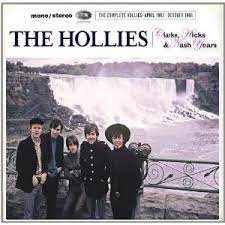
Carrie Anne is a standout track from the US version of the 1967 album Evolution. Released as a single, it reached number 9 on the Billboard Hot 100, becoming a defining hit of the Summer of Love.
The song is musically innovative for its prominent use of steel drums, which was reportedly one of the first times the instrument was used on a mainstream pop record.
While the lyrics seem to address a fictional character, Graham Nash later admitted the song was actually written about his crush, Marianne Faithfull, but he used a pseudonym because he was too shy to name her directly.
Chords And Strumming
For rhythm here play a down down up down up down up and repeat pattern using the chords C, F, G and an A# in standard tuning. A bit of lead in this one.
Guitar Lesson Details - (chords & lyrics sheet incl with lesson)
Back To Song List
3. Gasoline Alley Bred - Learn To Play On Guitar
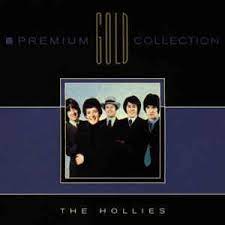
Gasoline Alley Bred (often misspelled as Bread) appears on the 1970 UK album Confessions of the Mind and the US album Moving Finger. It was released as a single, reaching number 14 in the UK, though it did not crack the Top 40 in America.
Written by the prolific songwriting team Cook and Greenaway, the song tells the story of a working-class girl raised in the city slums.
This track highlights the band's transition into the 1970s, showcasing a slightly grittier lyrical theme compared to their earlier bubblegum pop, while still maintaining the polished vocal harmonies that defined their sound.
Chords And Strumming
I play this one in standard tuning with a down down down up down up and repeat rhythm pattern and a bit of lead work. For chords, play G, F, C, Gmaj7, E7, D7, Am7, Dsus, D, G/F and a Cm.
Guitar Lesson Details - (chords & lyrics sheet incl with lesson)
Back To Song List
4. He Ain't Heavy - Learn To Play On Guitar
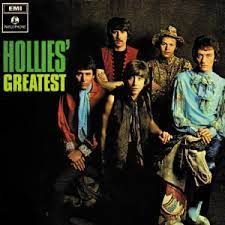
He Ain't Heavy was a standalone single that was later included on the US album He Ain't Heavy, He's My Brother. It was a massive global success, reaching number 7 on the Billboard Hot 100 and eventually hitting number 1 in the UK.
The song is famous for featuring a young session musician named Reg Dwight—better known as Elton John—playing the piano.
The song's title serves as the motto for Boys Town, a community for troubled youth, and the track became an anthem for brotherhood and compassion, resonating deeply during the Vietnam War era.
Chords And Strumming
This one has a few chords including G, D, C, D7, D/Gb, Am7, Ddim, Em, F, D7sus, Eb and a G6. No lead work here in standard tuning with a down down down up down up and repeat rhythm pattern.
Guitar Lesson Details - (chords & lyrics sheet incl with lesson)
Back To Song List
5. Long Cool Woman - Learn To Play On Guitar
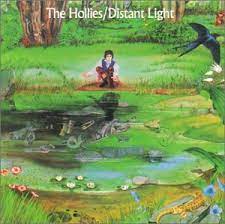
Long Cool Woman in a Black Dress is the driving force behind the 1971 album Distant Light. It soared to number 2 on the Billboard Hot 100, becoming the band's highest-charting single in the US.
The song is unique in the Hollies' catalog because it lacks their signature three-part harmonies; lead singer Allan Clarke sings solo with a slapback echo.
The sound was a deliberate homage to the "swamp rock" style of Creedence Clearwater Revival. Ironically, the song became a smash hit just after Clarke had quit the band, forcing him to rejoin briefly to tour and promote it.
Chords And Strumming
You can play a down down down down up and repeat rhythm pattern but no lead, just a riff. The chords you'll need are Em, G, D/Gb, A, E and a B.
Guitar Lesson Details - (chords & lyrics sheet incl with lesson)
Back To Song List
6. Look Through Any Window - Learn To Play On Guitar
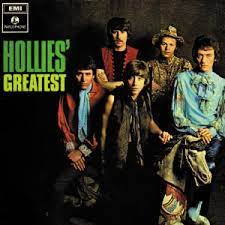
Look Through Any Window on the 1965 US album Hear! Here!. Released as a single, it became the band’s first song to break into the US Top 40, peaking at number 32.
The track was written by Graham Gouldman, a legendary songwriter who would later form the band 10cc. It is defined by its shimmering 12-string guitar riff, which perfectly captured the folk-rock "jangle" sound that was sweeping the charts in the mid-60s.
The song’s success was crucial in proving that The Hollies could compete with other British Invasion bands in the lucrative American market.
Chords And Strumming
I play a capo 2nd fret on this one using a down up stop up down up stop up and repeat rhythm pattern. No lead but a few riffs with the chords G, F, C, Am and D7.
Guitar Lesson Details - (chords & lyrics sheet incl with lesson)
Back To Song List
7. The Air That I Breathe - Learn To Play On Guitar
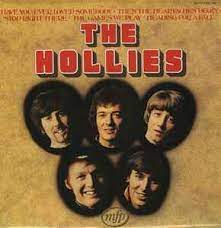
The Air That I Breathe serves as the closing track on the 1974 album Hollies. It was a major comeback hit, reaching number 6 on the Billboard Hot 100.
Written by Albert Hammond and Mike Hazlewood, the ballad is a production masterpiece, featuring lush orchestration and a slow, building tempo.
The song gained new relevance in the 1990s due to a copyright dispute; the writers were eventually given co-writing credit on Radiohead’s massive hit "Creep" because the chord progression and melody were judged to be too similar to this classic Hollies track.
Chords And Strumming
The chords here are C, A#, E7, F, Fm, Em, G and Gm with some lead in standard tuning. I use a cap 3rd fret and a bit of lead work. Play a down down up - up down down up down - and repeat for a rhythm pattern.
Guitar Lesson Details - (chords & lyrics sheet incl with lesson)
Back To Song List
From British Invasion pop to soulful ballads and 70s rock, The Hollies offer a wide range of guitar-friendly material that’s both fun to play and satisfying to master. These 7 acoustic arrangements showcase the band’s versatility — whether you’re playing for an audience or just enjoying a jam at home.
Be sure to check out the overview video at the top of the page, and if you’re looking to go deeper, each full lesson includes all the tools you need to learn at your own pace.
If you liked this best Hollies guitar songs page you might also like ... (click images)
Home Page
Popular Songs From The 60s
